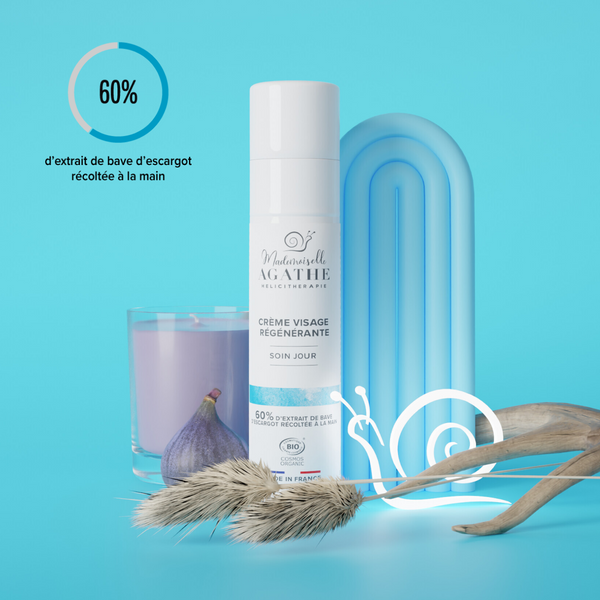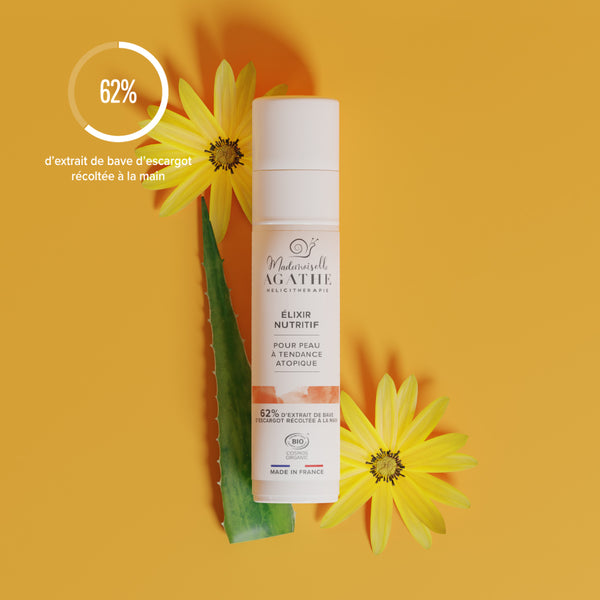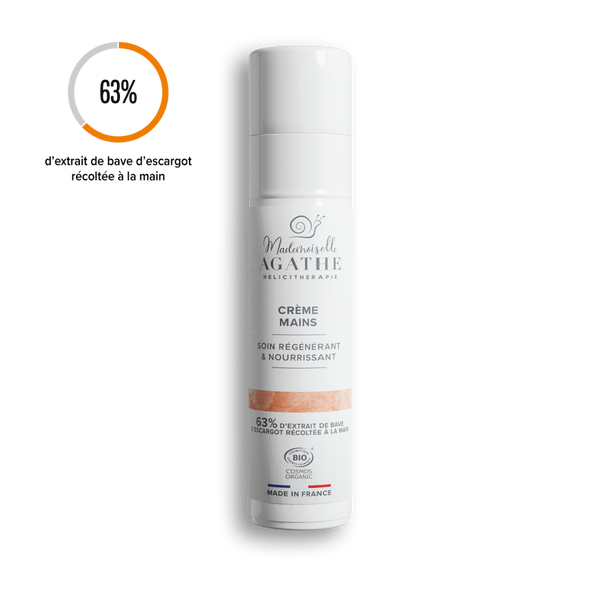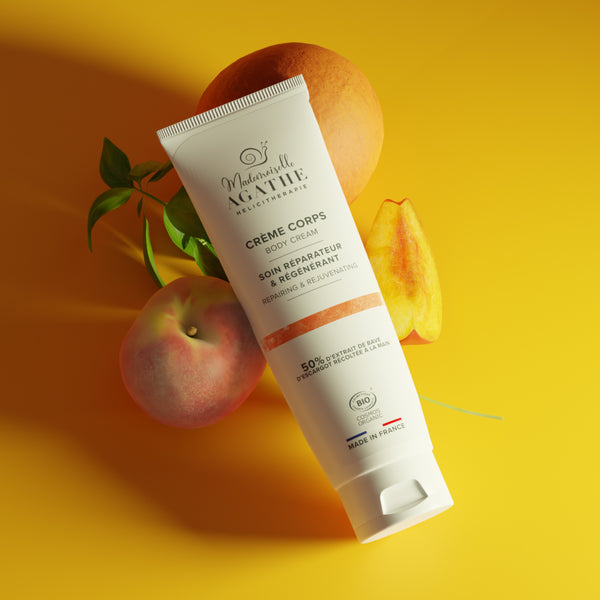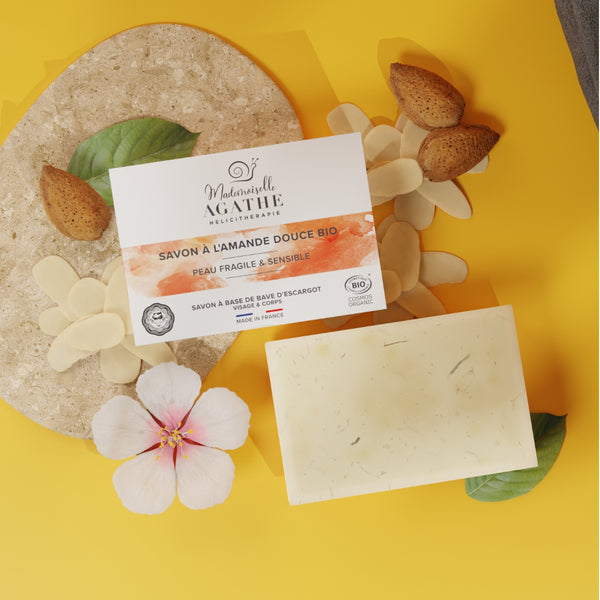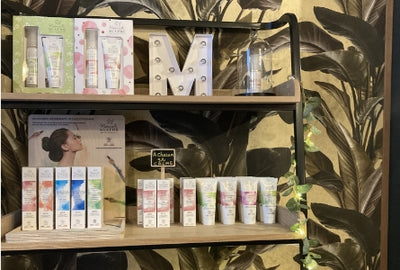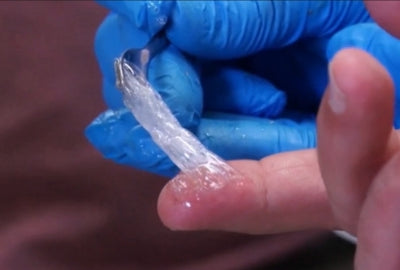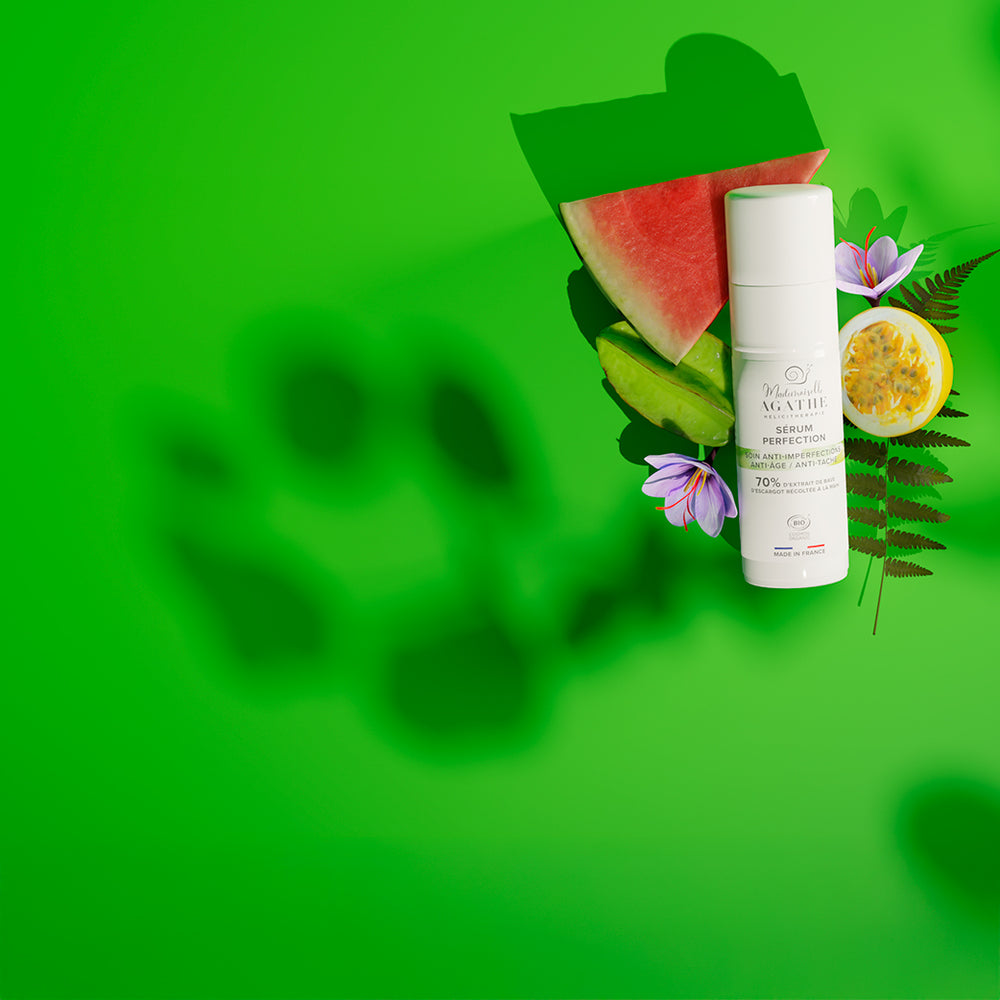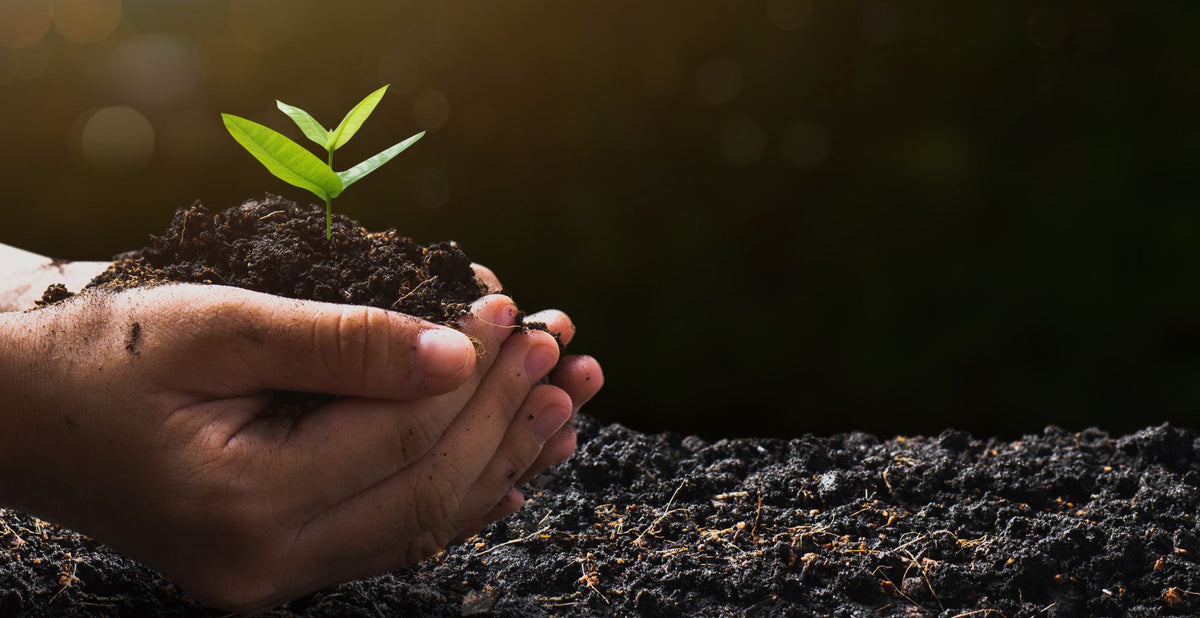
The eco-design of our containers: A commitment to the environment
Eco-design, defined by Ademe (Environment and Energy Management Agency), is a crucial approach for product development, aimed at minimizing the use of non-renewable resources and promoting use of environmentally friendly materials. Let's explore the eco-design process applied to cosmetic product containers. At the heart of this approach, the objective is to reconcile the protection of the product, the facilitation of its use, and finally, the responsible management of the end of life of the container.


In search of the ideal container: An ecological challenge
The eternal quest for the ideal container for cosmetics comes up against an unavoidable reality: there is no universal solution. It is with this in mind that, when designing and redesigning our visual identity, we undertook meticulous eco-design work on our products and their life cycle. The key steps in this process have been carefully crafted to make choices that minimize our impact on the environment. We share these steps with you in the hope of generating ideas and suggestions, because continuous improvement is at the heart of our environmental commitment.
Container development: Defining your role for eco-responsible choices
The precise definition of the role of the container constitutes a crucial step in its development, guiding eco-responsible choices. Often the obvious choice may be an environmental mistake. To make informed decisions, we started by clearly identifying the role of the container, which goes beyond simple product protection. In the case of cosmetic creams, the container must provide adequate protection and become the main means of communication, conveying the name of the product, legal information (INCI), instructions for use, and other essential details. It also aims to facilitate the use of the product, integrating features that promote economy and avoid waste. Each choice in the development of the container is thus guided by a concern for environmental preservation from the first stages of design.


Is it more interesting for our environmental impact to import glass containers made in China, aluminum containers produced in India or plastic injected in Italy?
And what are the manufacturing processes and their direct impacts in terms of rejection?
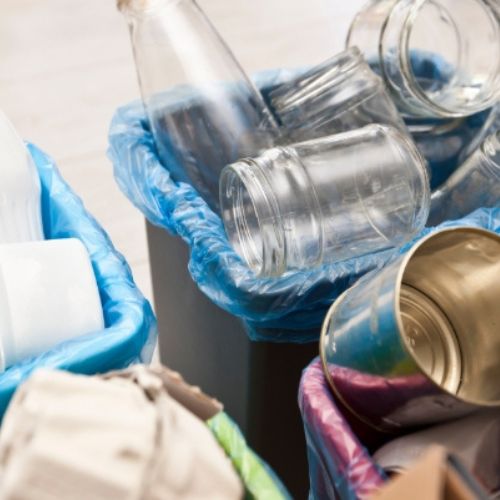

Selection of low impact materials
The second part of eco-design involves the judicious selection of materials. Plastic, glass and aluminum are the major players in the cosmetic container industry. It is necessary to consider the raw materials, the challenges associated with their extraction, and the embodied energy associated with their production. Each of these materials has advantages and disadvantages in terms of environmental impact, making decision-making a delicate exercise.
Maximize the use phase
The third stage of eco-design focuses on user experience and optimization of the use phase. A concrete example is provided with our Airless system for dispensing cosmetic products. This system guarantees the protection of the product against outside air, offers precise dosage, and maximizes the number of uses. Also the choice to communicate using a label rather than hot stamping or screen printing directly on the container facilitates recycling possibilities. These choices are directly linked to logistics to reduce costs linked to storage which also impact transport costs.




Product end of life management
The last crucial stage of eco-design addresses responsible management of the end of life of containers. This is why we have set up a free return program for used containers called “Ensemble recycles”. We have identified a partner in the Loiret who carried out a phase of identification of our plastics to ensure an upcycling into textiles, insulation or even vehicle dashboards.
See our recycled plastic BONNETThe eco-design of cosmetic containers represents a deep commitment to the environment. The choices made at each stage of the process, from defining the role of the container to managing its end of life, determine the overall ecological footprint of the product. Companies in the cosmetics sector, through a thoughtful and innovative approach, can significantly contribute to the preservation of our planet. By encouraging consumers to actively participate in recycling, these joint efforts can pave the way to a more sustainable future.
